Gaia-X

The report describes Gaia-X, an initiative designed to be key in the EU data system. Gaia-X is a Federated and Secure Data Infraestructure, whose goal is innovation throught digital sovereignty.
It is a federated system that links many cloud services providers and users together in a trustworthy environment. The purpose of this report is to explain the basic technology concepts behind Gaia-X. Today, project´s promoters are still working on the specifications; for this reason, this review is not about specific examples but rather on how the application of Gaia-X will take place in local environments and Smart Cities at European Union. The President of European Commission, Ursula Von der Leyen, recently pointed out the need to make a stronger use of industry data and gain independence from other non-European actors.
Thus a new data economy (and its related job positions) will be created.
This, should be possible over a space where the European legislation can be properly applied and where all the products and services comply with European market standards.
Following there is a list of the technology concepts applied in Gaia-x:
- Local data platforms: IT sensor-based infrastructures enabled to retrieve real time data but also slow-moving data. Static data are essential for urban improvement and decision-making in the city. Therefore, the main goal of the platform is to facilitate the information exchange between local data bases, its evolution and improvement, avoiding provider lock-in.
- Local data spaces: Due to the growth of local data platforms, it is important to decide how information is going to be exchanged. This is the purpose of local data spaces. Gaia-X defines those spaces as a set of participants and relationships between them; members provide information and computing services. It is not only about a single space, but depends on one or more spaces per context which reconfigure and support decision-making between domains.
- Local digital twins: Cross domain decision-making is the goal of local digital twins (in brief, virtual representations of physical entities). Local digital twins are fed from local data spaces.
Gaia-X Project is scheduled with
three main activities. The first one is the specification of an architecture that can support federated data spaces. In second place, the design of tools that can implement those architectural components. Finally, the delivery of a set of services for all the Gaia-X members to be certified with the goal of providing trustful data spaces.
Trust is a pillar for Gaia-X, as it needs to offer an environment in which several participants exchange data maintaining data property.
A consumer of data-driven services interacts with a provider of data-driven services over a trustful framework. That is why federation is needed in data spaces. Gaia-X organization is still thinking about who the right figure for this role is. The candidates are city administrations, regional governments, national state governments, supranational entities like the EU and member organizations that represent the local domain, for example.
UPM and IPTC are active members of the Gaia-X Working Groups in the Spanish node.
For additional information, please tap here.
Share this:
Latest news



Categories

